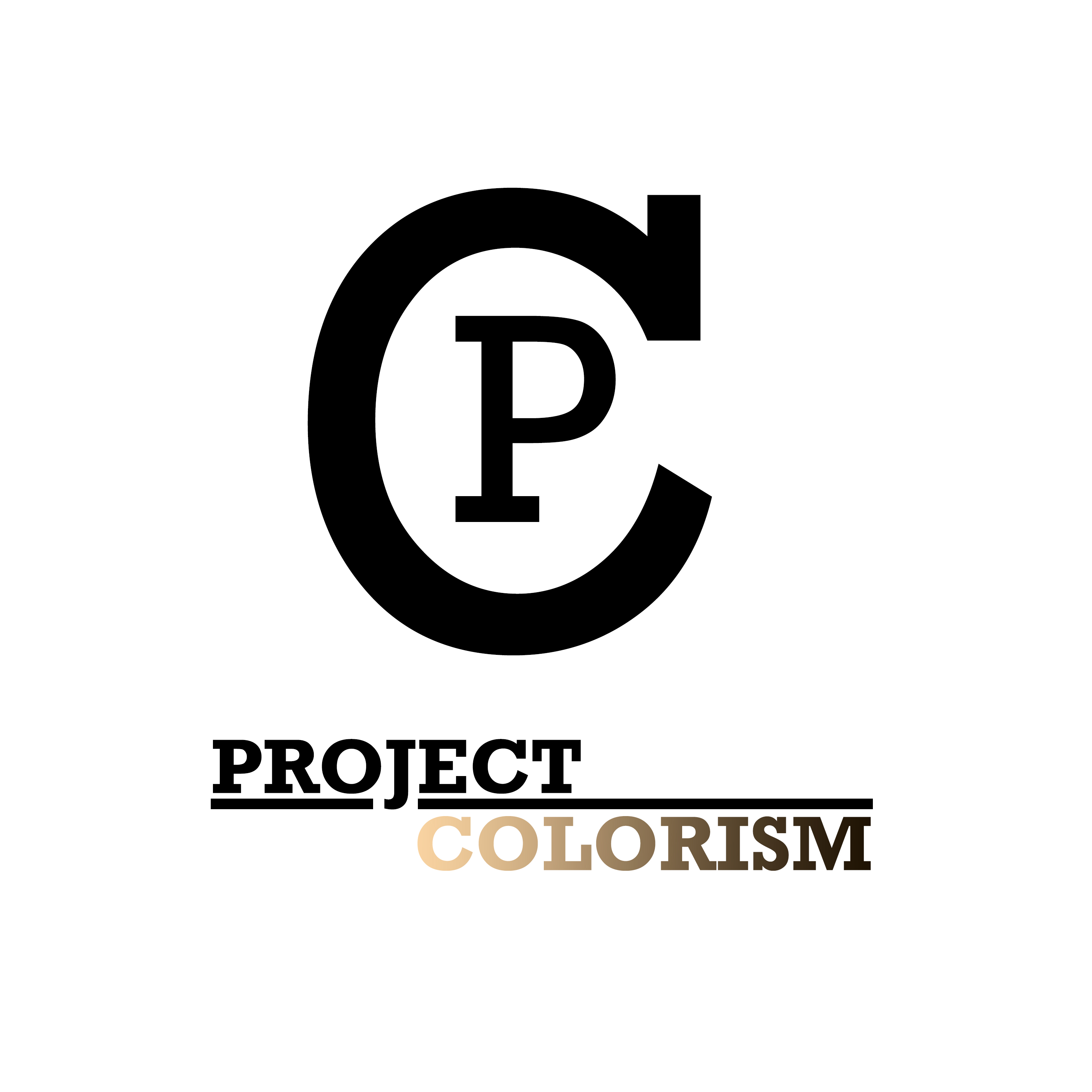For this post, we are following up with Hannah, a participant we interviewed before about colorism, and this time we are expanding on her intersectionality. She discusses the intersectionality of being a Pakistani, a Muslim, and a woman. Throughout this interview, we expanded on the intersectionalities of being a Muslim woman of color. According to her, there was a strict construction of what it meant to be a woman, including being modest, appearing very feminine, not being too loud, not talking back to elders, and being prepared for marriage in the future. People around Hannah reinforced these ideas by being very judgemental of women who stepped out of these gender roles. Hannah doesn’t feel like she can push back on many of these perceived norms with older people or with those outside of her communities, but feels comfortable doing so with those of her age.
We returned to the topic of skin-bleaching products and the higher pressure on women to be lighter-skinned. We discussed the societal construction of what is feminine in many Asian communities and how the perceived beauty standard for women on having lighter skin reinforced the idea of needing to use skin-bleaching products. Especially since these beauty standards, for Hannah, were reinforced by Pakistani TV shows or news channels where women were mainly lighter-skinned and very feminine; however, she did talk about how social media, where brown women can share beauty routines for a broader range of skin tones and fashion tips made her feel more accepted in her community.

